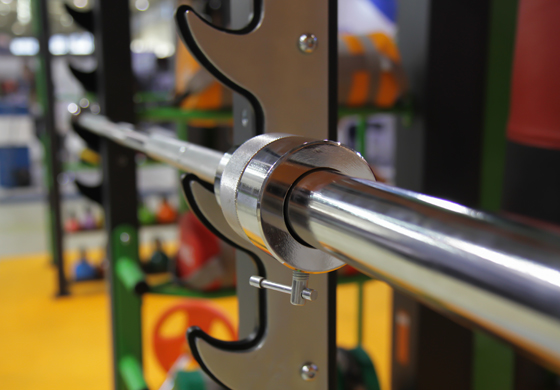VETSELITE Blog S&C #001 – Movements over Muscles for Athletes/Lifters

VETSELITE Blog: Weekly Podcast Review #2
January 11, 2019 Hello everyone! This is the first edition of the VETSELITE Blog S&C where topics related to strength and conditioning for athletes will be discussed. I want this blog to be a place where anyone can find information about the philosophies, foundations, and general concepts that VETS focuses on for long-term development of athletes and lifters to help reach long-term goals in a safe and transferable way. Today, the concept of programming based upon MOVEMENT pattern will be discussed as opposed to the concept of MUSCLES for athletes and lifters. This information hopefully will give you some insight into the reasons why our programs take on a specific structure.
There are many ways to “skin a cat,” as they say and the same applies for exercise programming. At the end of the day, the core principles of building a program that is effective really needs to be individualized to the following;
The athlete(s) (sport, position, level of competition, chronological age, training age, previous injury, previous sporting experience, personal goals, goals of the coach, etc.)
More advanced breakdown (highly neurological, highly muscular, better responsive to volume, better responsive to intensity, better responsive to frequency – Concepts here are of Master Coach Christian Thibaudeau (@Thibarmy))
The Environment
Space, Equipment, Group Size, Coach:Athlete ratio
Time
Acute and long-term timeframe you have to work with athlete
Before one can even dive into exercise selection, the above areas must be addressed in a needs analysis. This will organically determine the training structure that you will be able to AFFORD to prescribe with any athlete / group of athletes. But, a fundamental concept, for training athletes / lifters, that must be included in the building of your program is Movement over Muscles.
When looking at a typical training routine (for a general resistance training program for the general public, beginners, or bodybuilders) the breakdown of workouts is based upon muscle groups. For example one might make a weekly split as follows;
Monday = Upper Back and Quads
Tuesday = Chest and Lower Back
Wednesday = Cardio
Thursday = Hamstrings / Glutes and Arms
Friday = Lats and Calves
Now, I am not saying this is the best/only training split according to muscle groups, but, it is just an example. The benefit to formatting a plan based off of muscle groups is that you get to SCULPT the body by working aesthetic differences and imbalances while targeting or isolating specific muscles / muscle groups. When looking at bodybuilding training, you are judged specifically off of how your muscles look (and your ability to pose and presence on stage but that is a separate topic) so taking days to target specific groups is essential to the END GOAL of that training.
The human body does not know MUSCLES, it knows MOVEMENTS. So when writing a training program this concept must be kept in mind. When aiming to target the quadriceps muscles one may prescribe an inclined heel, close stance squat. Your body only knows that it is undergoing a squatting movement pattern and will organize itself to create the most optimal pattern to ensure the safety of body which yields success in movement (consequence that the quads are emphasized). The movement pattern itself needs to improve while the muscles that support that movement will increase in strength as a consequence of training the pattern. The training focus should be towards building strength and coordination around the specific patterns which manifests itself through performing variations that are under the umbrella of the “alpha” movement. That’s where the olympic lift derivatives come from. Full clean and jerks and full snatches are not the only lift that is trained to enhance these lifts. Power cleans, hang cleans, split jerks, hang snatches, push jerks, push presses, Back squats, front squats, and 1000’s of other variations are performed specific to what an athlete needs to improve their “alpha” movements – the clean and jerk and the full snatch.
When looking at athletes, they perform movements on the field / court / track that will NEVER be 100% replicated in the weight room due to constraints from the environment and tasks (velocity specifically). In the weight room, with athletes aiming to stabilize and strengthen movement patterns that are foundations of sport performance (sprints variations, reactive change of direction variation, jump variations, lift variations that target muscle groups to aid in force / velocity production that will enhance the quality of the latter) training transfer will occur if the patterns are targeted. By focusing on the movement pattern, one will not only be able to prescribe exercises that are representative to foundational physical success in performance, but, have better control of the energy demands for specific movement patterns by up and down regulating them accordingly to specific training plan. If you want more information on this last statement, please contact me directly at marc@vetstraining.com or (603)-724-0486.
Hopefully this gave you more insight into why focusing on the pattern of movement is an essential part to programming for athletes and lifters as opposed to strictly muscle groups!

